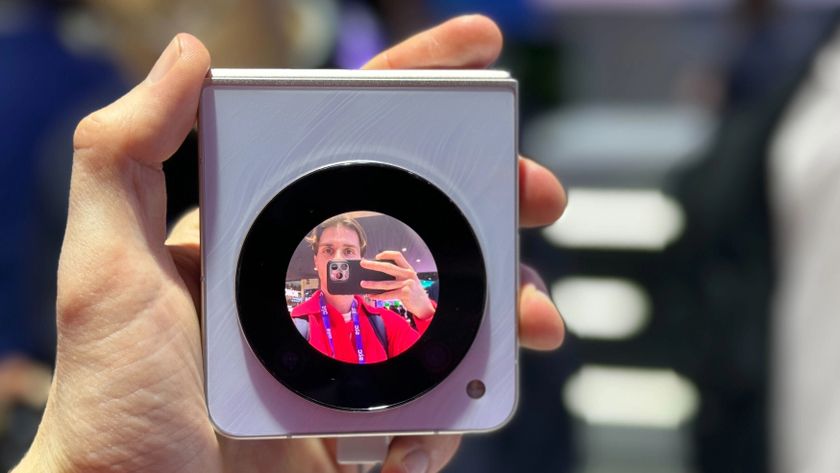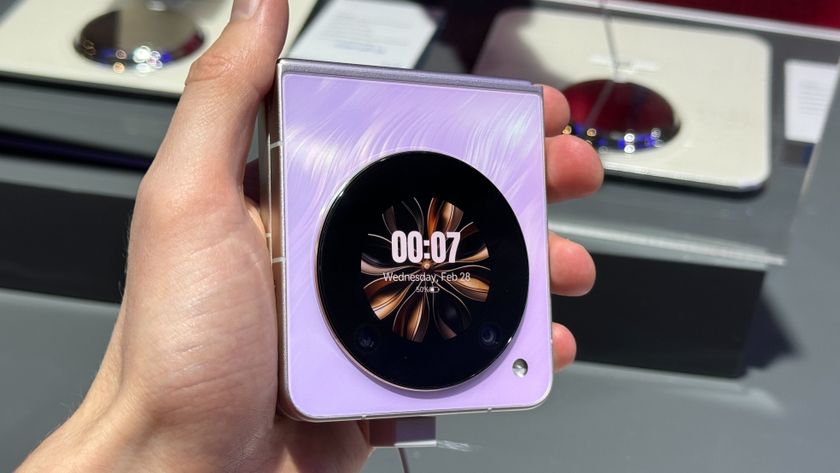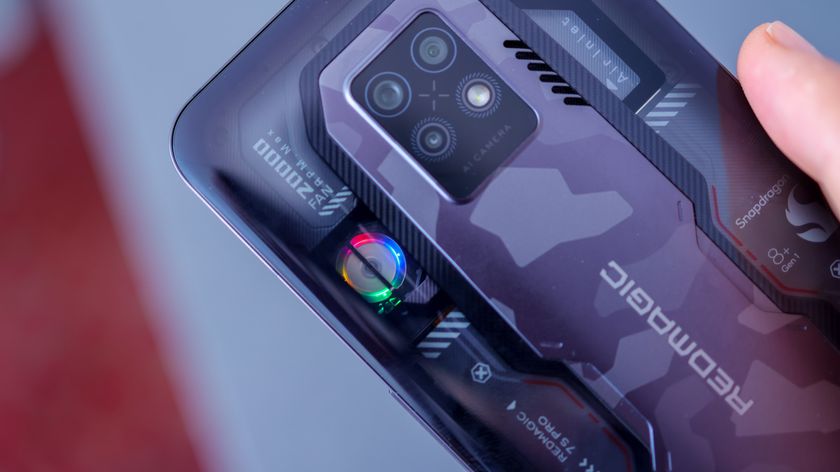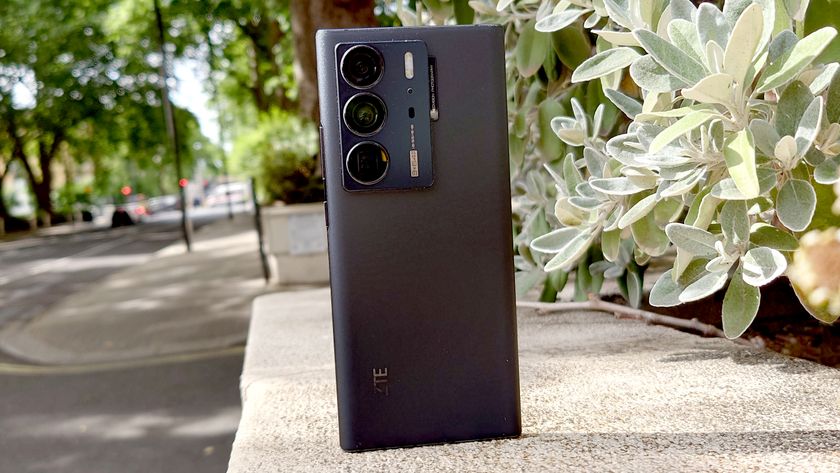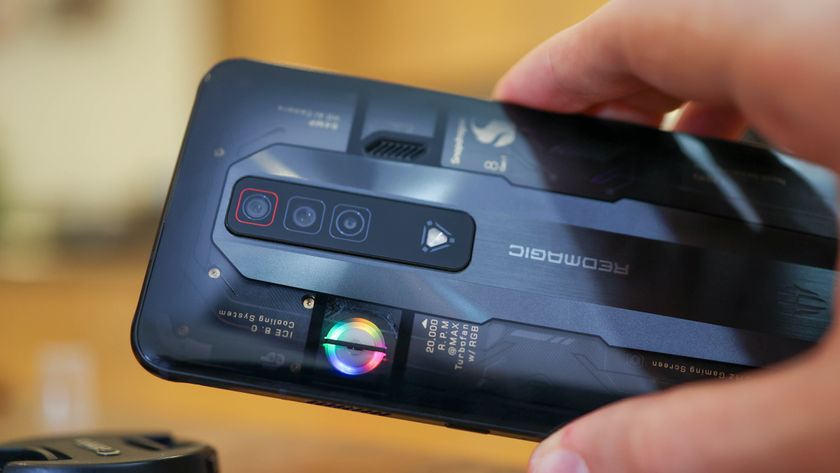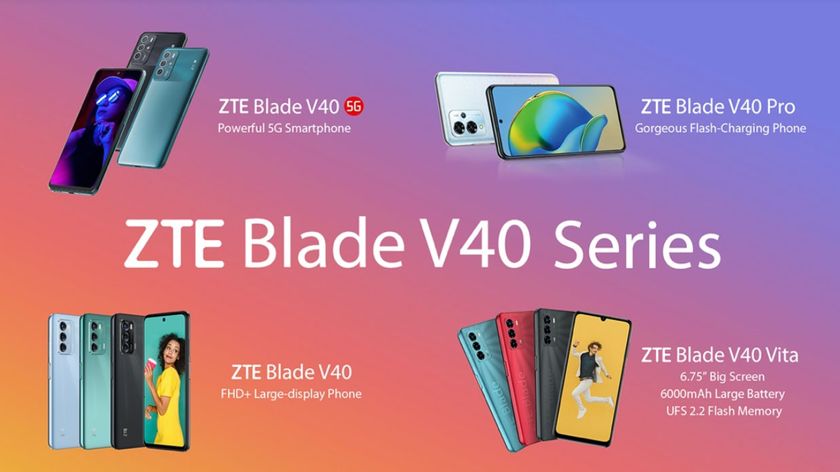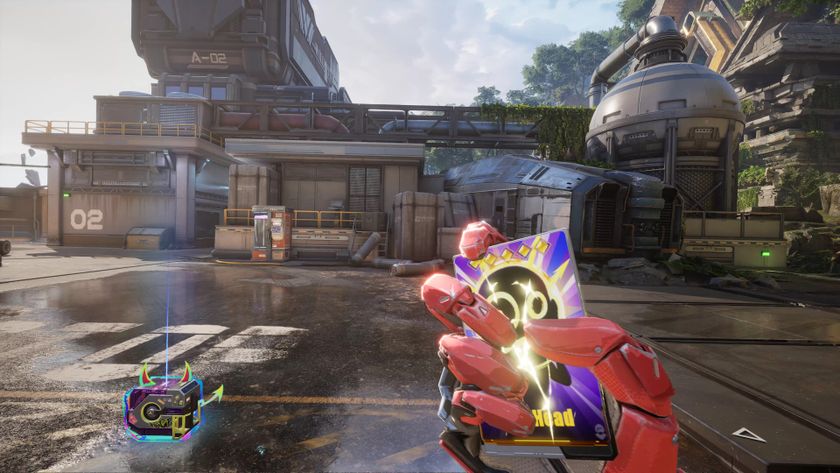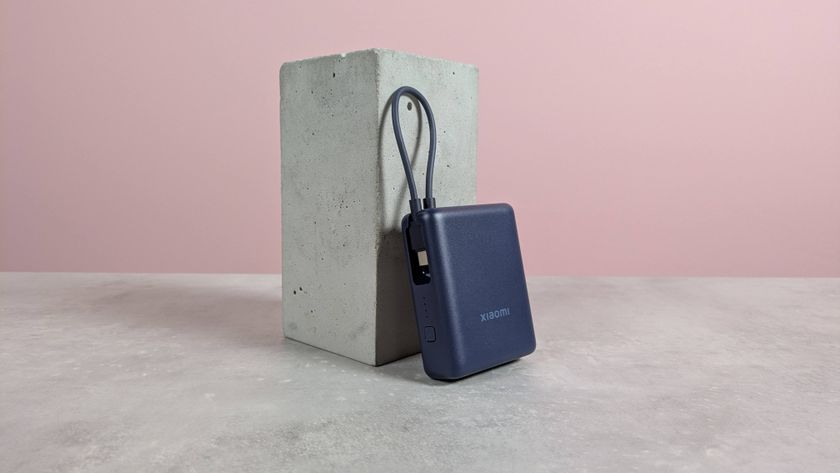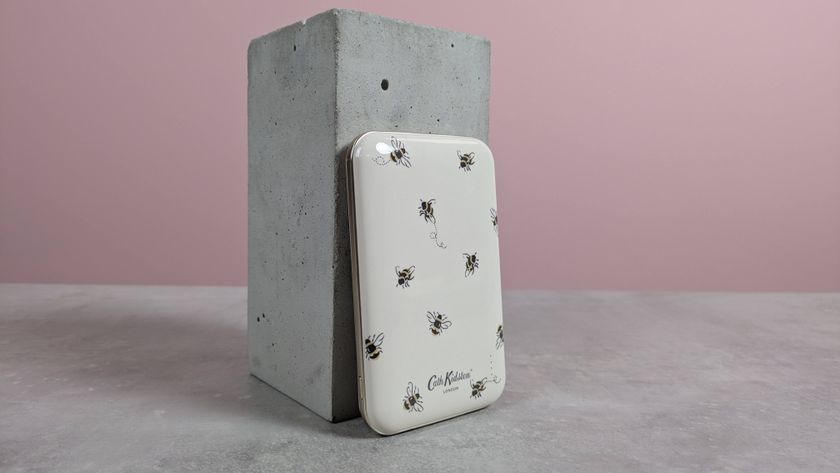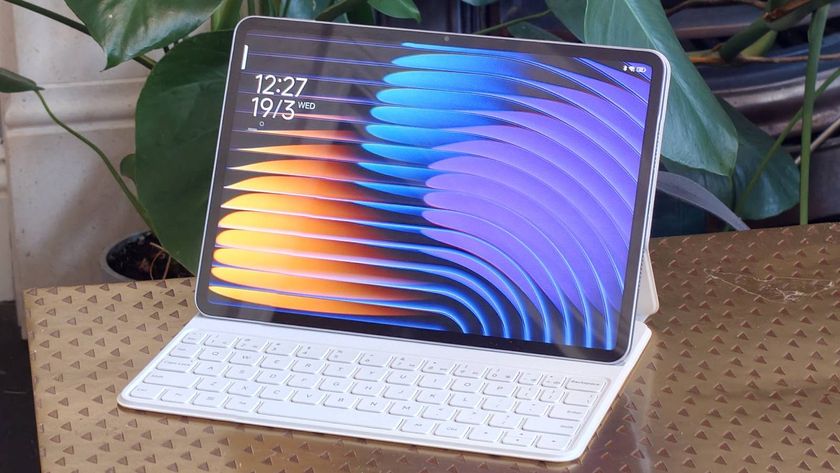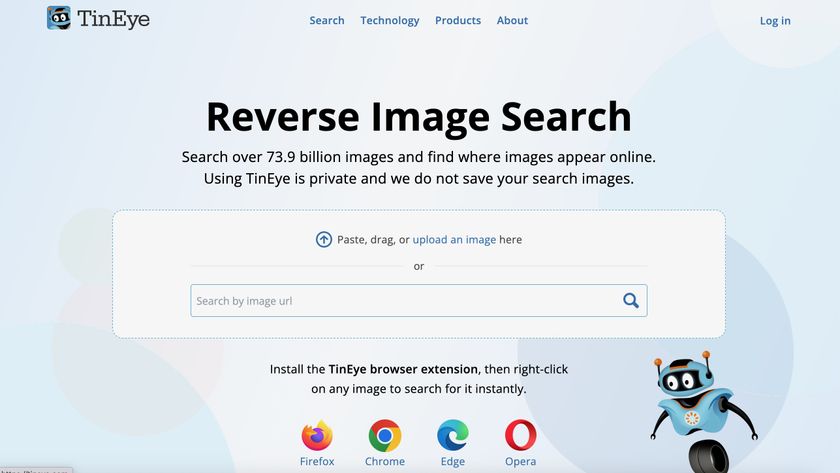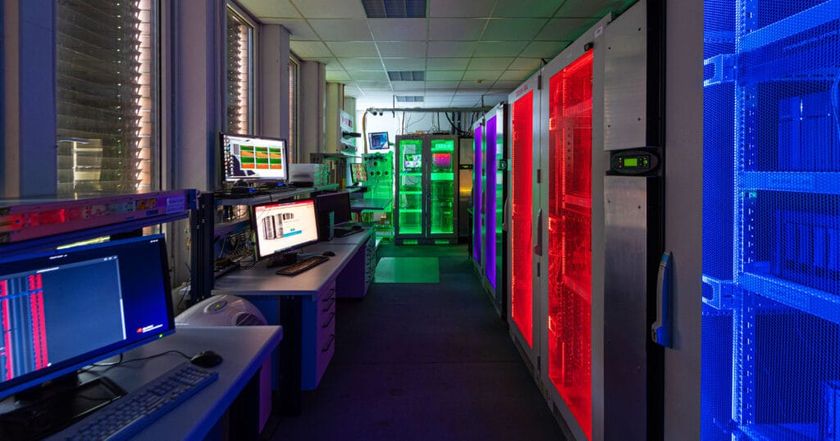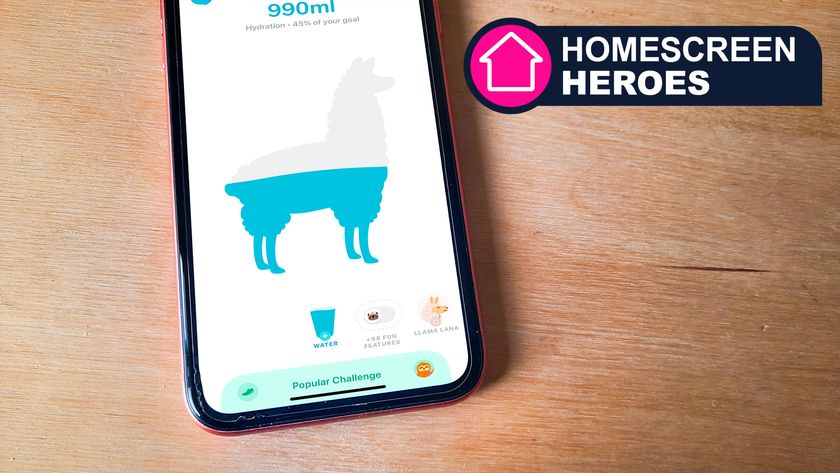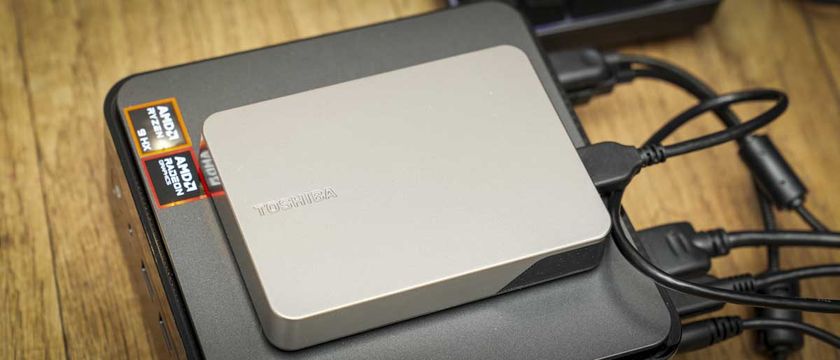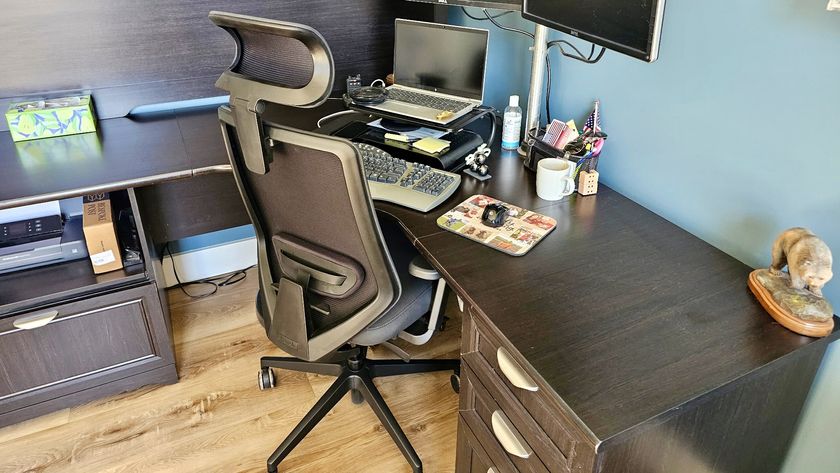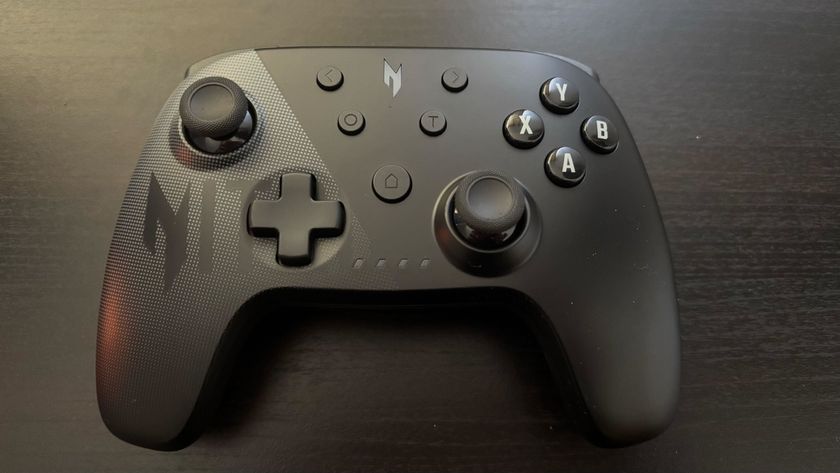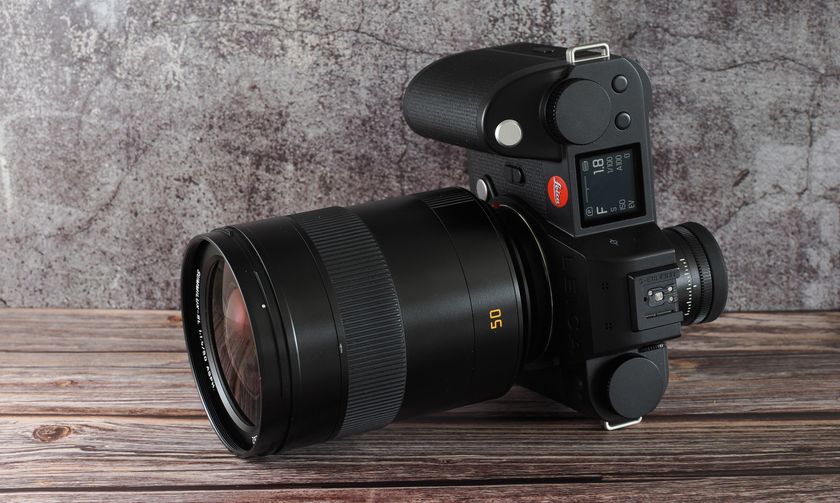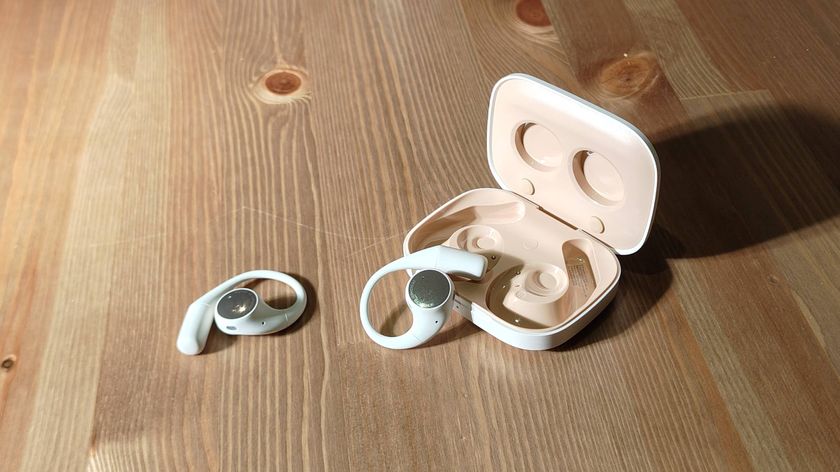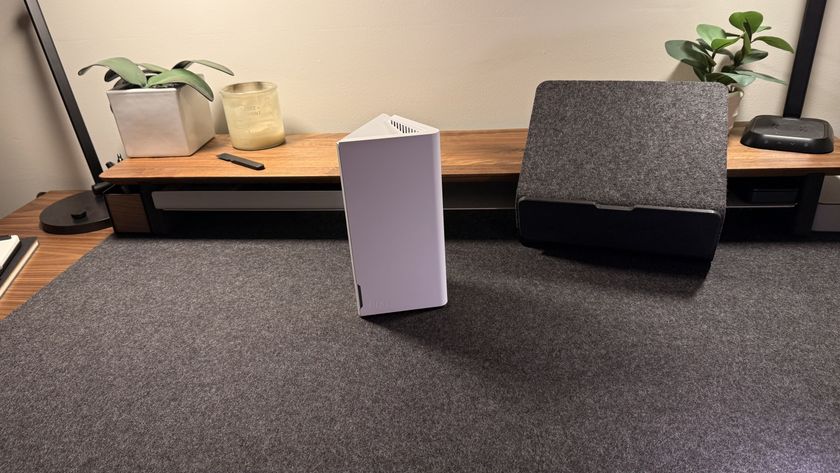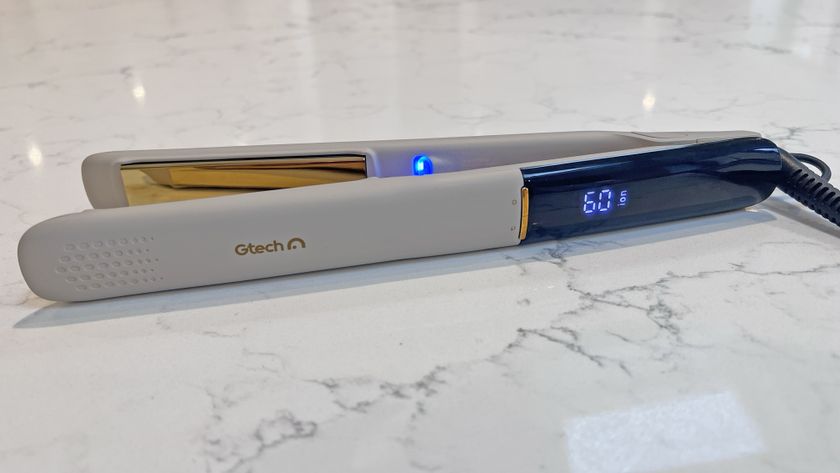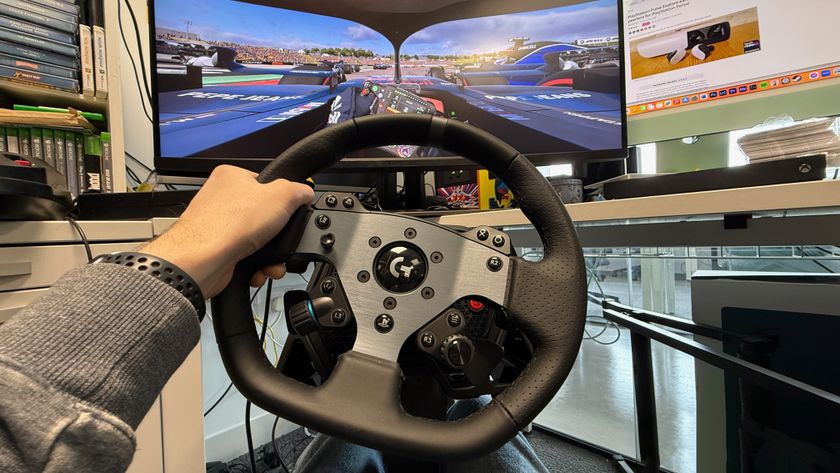TechRadar Verdict
ZTE continues its budget line-up with a remarkably well-constructed smartphone that, thanks to a vanilla Android experience and bargain price, makes it the perfect option as a secondary handset.
Pros
- +
Low price
- +
Solid construction
- +
Decent camera
Cons
- -
Small, low-res screen
- -
Pitiful storage
- -
Locked to Virgin Media
Why you can trust TechRadar
Last year Motorola released the excellent Motorola Moto G and, in doing so, set a new benchmark for affordable smartphones.
For all the excitement surrounding yearly flagship releases, the middle and lower tier markets are boasting the likes of the Moto G, Sony Xperia M and Nokia Lumia 520. Gone are the days when you had to spend over £200 for a quality smartphone.
Enter ZTE, the fourth largest smartphone manufacturer in the world with the ZTE Blade Q Mini: a £60 Android handset that punches well above its weight both in terms of design and features.
That low price does come with a couple of caveats. For starters, it's only available as a PAYG handset and secondly, the Blade Q Mini is exclusive to the Virgin Media network.
It's unlikely the Blade Q Mini will sway serious shoppers from the Motorola Moto G but if you're looking for a temporary replacement, secondary handset or a child's first-time smartphone, then it's very difficult to argue with this offering from the Chinese company.

Looks-wise, it's standard smartphone fare with a lack of physical buttons - thanks to Android's soft-key configuration - and smart rounded corners with a minimal bezel.
The 126 x 64 x 9mm dimensions and 120g weight mean it sits comfortably in the hand with just the right amount of heft to it.
Perhaps in response to the "phablet" movement, we're seeing something of a comeback for the smaller screen thanks to the likes of the Samsung Galaxy S4 mini and the HTC One mini.
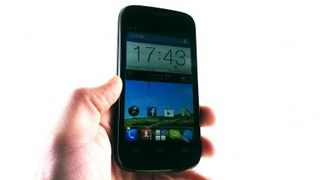
The ZTE Blade Q mini fits into this bracket with a 4-inch WVGA display that means you can easily use it with a single hand.
The 800x480 resolution isn't enough to impress these days, but remember I'm talking about a £60 phone here.
The back of the device is covered with a soft, rubberised plastic similar to that found on the back of the Google Nexus 5. It means it's easy to grip the Blade Q mini and I also found it gave it a slightly more premium appearance than if ZTE had just gone with basic plastic.
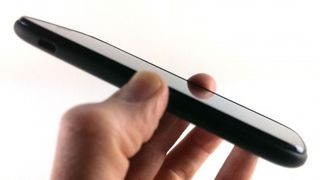
On the right and left hand side you'll find volume rocker and microUSB charging slot respectively. The top of the phone is reserved for the power switch and the 3.5mm headphone jack. There's nothing but the microphone on the bottom of the chassis.
By having the power switch on the top of the device, you have to shift your grip to switch the phone on and off again. I think ZTE missed a trick by not putting the power button where the microUSB port is.
Had this been the case, you would be able to switch both the power switch and the volume rocker without having to move your fingers or thumb from the traditional position.
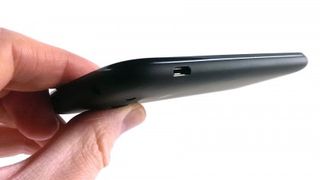
The only other buttons are the soft-touch Android keys at the base of the screen. Back, Home and Settings respectively, these keys light up when the phone is activated and are pleasingly responsive.
Sometimes lower-tier smartphones require hard jabs at the navigation keys to register any effect, but that isn't the case here. Haptic feedback is also present, but this can be disabled when the ZTE Blade Q Mini is put on silent mode.
This entire rear panel is removable via a tricky slot on the bottom right, which lets you get to the interior of the Blade Q Mini. Inside you'll find the 1,500 mAh battery as well as the SIM and microSD slots.
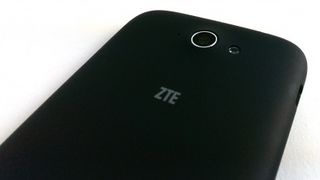
One nice feature is a notification light in the top left-hand corner. It will blink at you when you have an incoming email or text, and also acts as a gauge when charging the battery; switching from red to green when you're charged.
While the Blade Q Mini does boast a rear-facing 5MP camera, there's no forward-facing equivalent for taking selfies or using video-chat apps. This isn't a huge omission and isn't surprising given the budget nature of the phone.
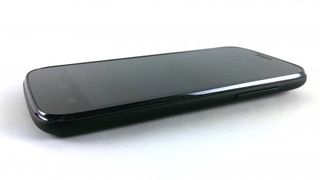
As you'd expect on a handset with this price point, you're going to want to be reaching for a microSD card pretty quickly. The Blade Q mini is equipped with a piffling 4GB of internal storage space. Throw in pre-installed apps and the operating system itself and you've only got about 1.5GB to actually work with.
I would recommend equipping the Blade Q Mini with at least a 16GB microSD card if you plan on using it to listen to music, download apps or take a lot of pictures.
As it is, the ZTE Blade Q Mini runs nicely and, given the asking price, is comparable to rival Android phones like the Acer Liquid Z2 or Huawei Ascend Y300.
